- The four achievements this time reveal the complex process of prehistoric cultural development on the Qinghai-Tibet Plateau
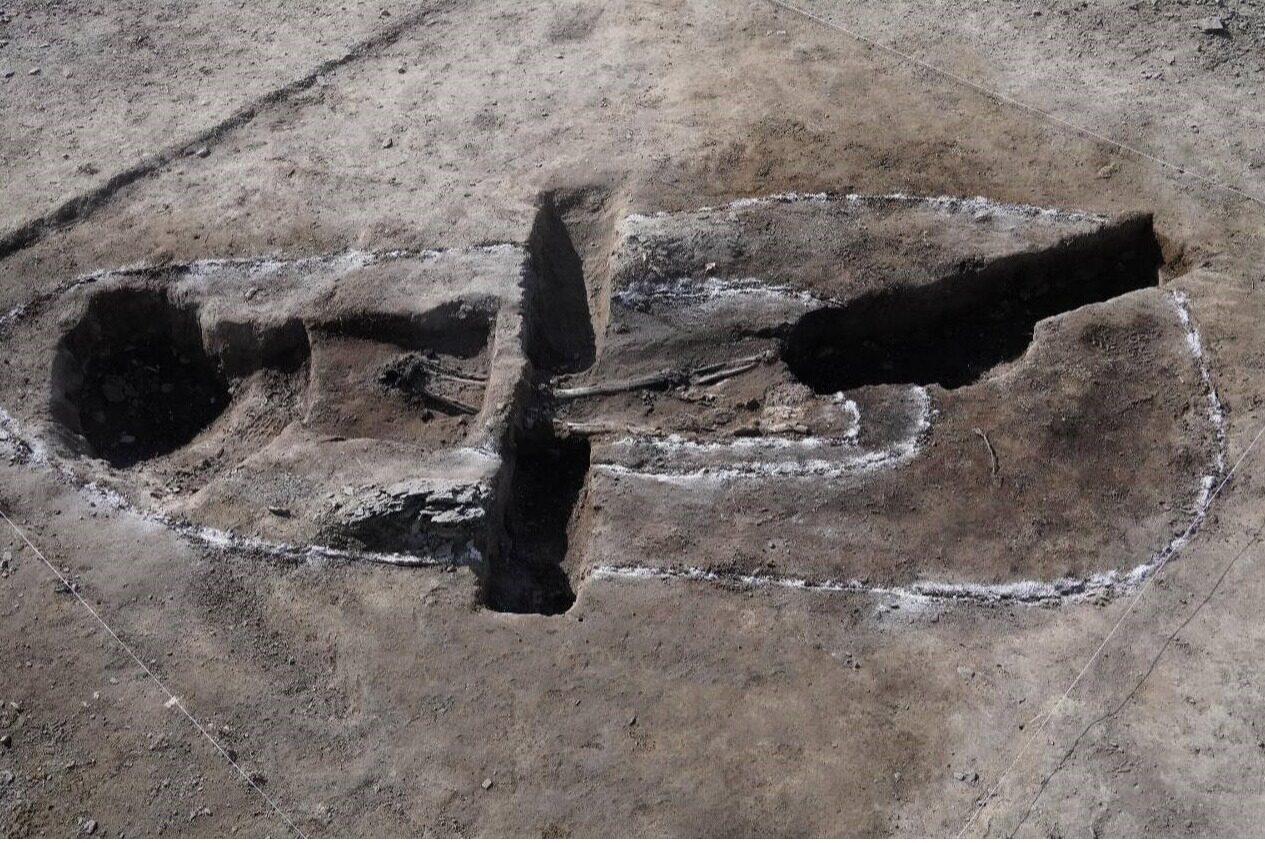
On the morning of January 13, 2022, the State Administration of Cultural Heritage held a report meeting on archaeological discoveries in Tibet, reporting the research results of four major archaeological discoveries in Tibet. According to reports, these four important archaeological discoveries in Tibet cover Paleolithic wilderness sites, prehistoric settlement sites, comprehensive sites of buildings and cemeteries, and a Tubo period cemetery, with a time span of tens of thousands of years.
The Chere site in Gar County is a wilderness site of the Paleolithic Age in the early Holocene. Archaeological discoveries have resulted in the accumulation of continuous cultural layers. More than 5,000 relics, mainly stone products, have been unearthed, as well as relics of human activities such as fire ponds and ash pits. More than 2,000 relics were unearthed in a dense distribution area of stone products, which are presumed to be the remains of ancient people making stone tools and burying them in situ. Two types of stone tool technologies were found, namely the stone flake industry and the fine stone leaf industry, which are presumed to be the remains of human activities in two different periods. , showing that ancient humans experienced at least two repeated occupations here, filling the gap in the prehistoric archaeological culture in the hinterland of the Qinghai-Tibet Plateau between 8,000 and 10,000 years ago.
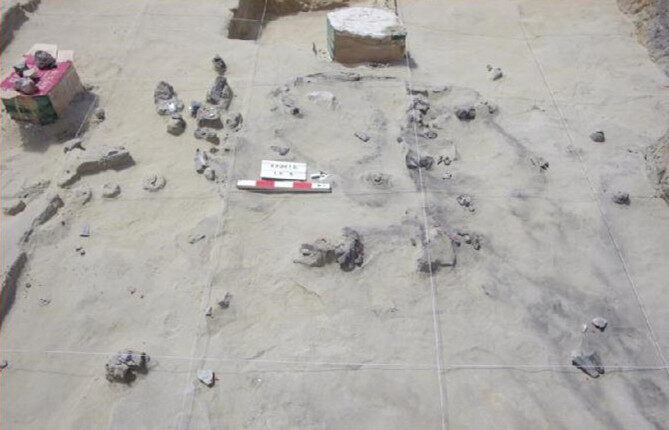
The Macao site in Kangma County (4,410 meters above sea level) is a prehistoric settlement site about 4,000 years ago. Beads and other relics. There are two types of tombs: sarcophagus tombs and vertical pit tombs. The decorative patterns of pottery are mainly inscribed patterns, and the technical style is similar to the remains of the same period in Hengduan Mountains. The Macao site represents a new type of archaeological culture, which is of great significance for establishing the sequence of prehistoric archaeological culture in Tibet and exploring the process and strategies of human adaptation to extreme environments with high cold and hypoxia.
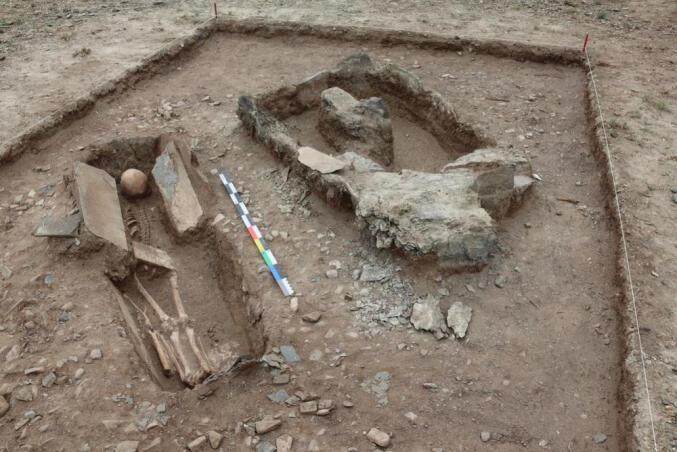
The Gebusailu site in Zanda County is a site from the late Bronze Age to the early Iron Age. Early and late tombs were discovered: the first phase was 3600 to 3000 years ago, mainly in stone tombs, reflecting the economic characteristics of animal husbandry and hunting; the second phase was 2700 to 2100 years ago, with cave tombs as the main tomb Mainly, the unearthed pottery is mainly red-brown with sand and red-brown bottom, and is mostly decorated with thick rope pattern, inscribed pattern and stamped pattern. Remains of this type are widely found in the middle reaches of Xiangquan River. The Gebu Sailu site is of great value to the study of the exchange and migration of people in the Xiangquan River Basin, as well as the formation and development of regional culture.
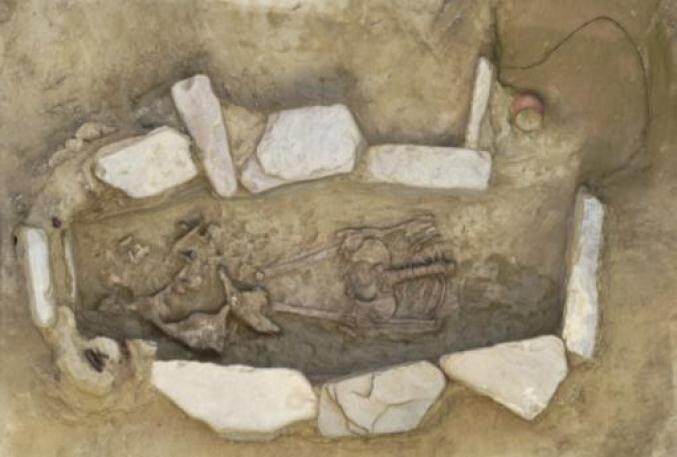
Dangxiong Cemetery in Damxiong County is a cemetery in the Tubo period, dating from the 7th to 9th centuries AD. Archaeology found 52 sealed tombs, including two categories: stone chamber tombs and earth pit tombs. There was a wall around the tomb, and the burial was mainly secondary burial by picking bones. More than 300 pieces (sets) of various utensils such as gold and silverware, beadwork, pottery and Go pieces were unearthed. The archaeological work at the Dangxiong cemetery has further revealed the funeral customs and systems of the Tubo culture. The unearthed stone black and white Go pieces, lacquer ware fragments, and textiles show close links with the Central Plains culture, which is an important evidence for the exchanges and integration of various ethnic groups.

The State Administration of Cultural Heritage will continue to promote the archaeological work in Tibet under the framework of the "Archaeological China" major project, promote multidisciplinary cooperative research, and continuously deepen important topics such as prehistoric cultural development and environmental changes in Tibet, Tubo culture, the Plateau Silk Road and the South Asian Corridor. Research, using archaeological evidence to demonstrate the history of the exchanges and interactions of various ethnic groups in Tibet, and forge a sense of community of the Chinese nation. Editor/He Yuting
Comment
 Praise
Praise
 Collect
Collect
 Comment
Comment
 Search
Search



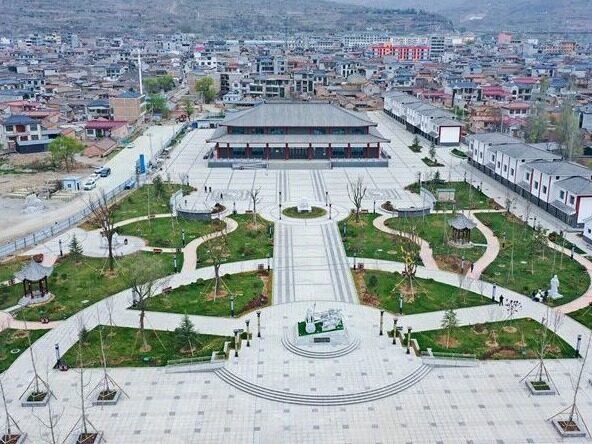

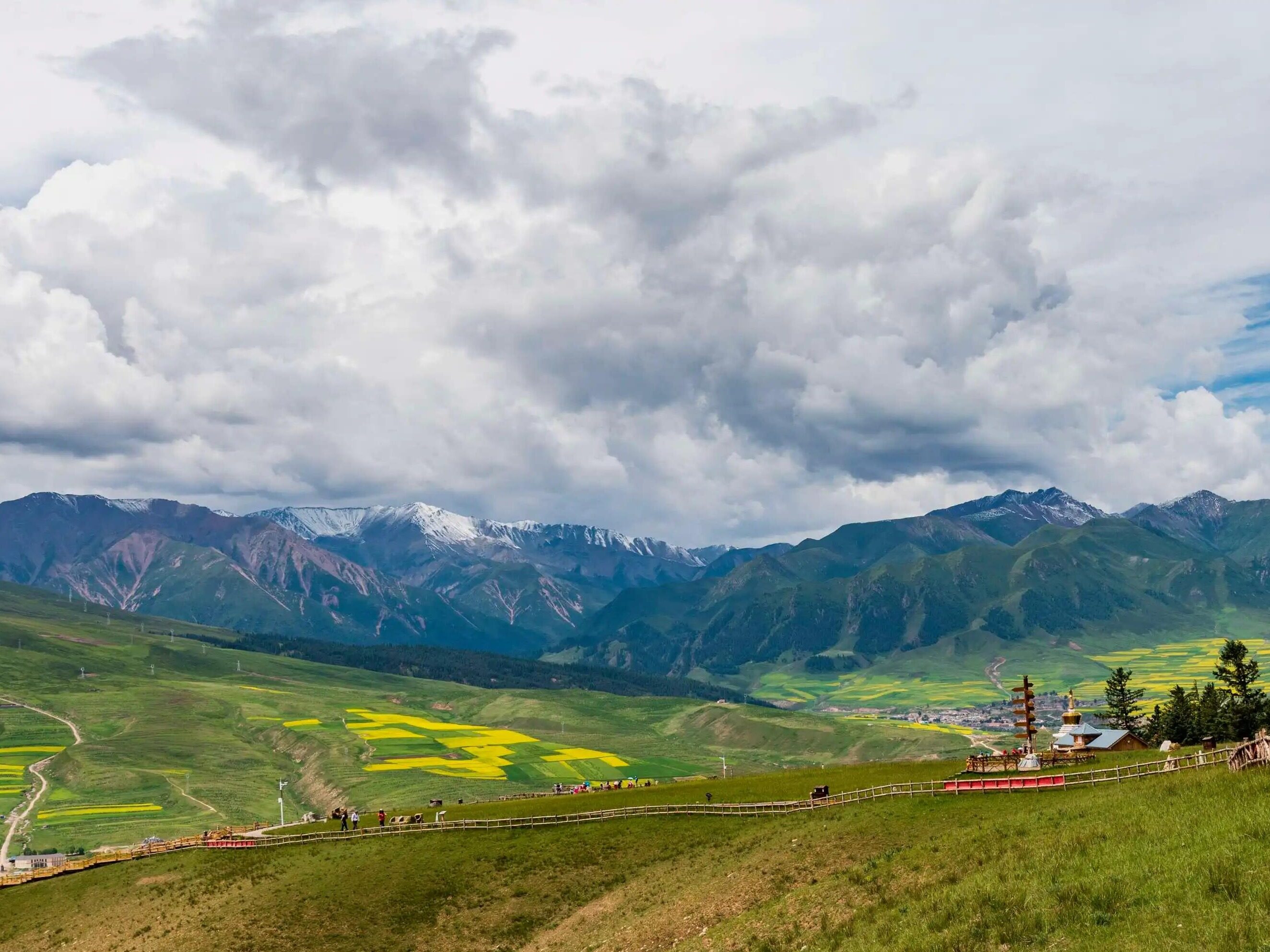
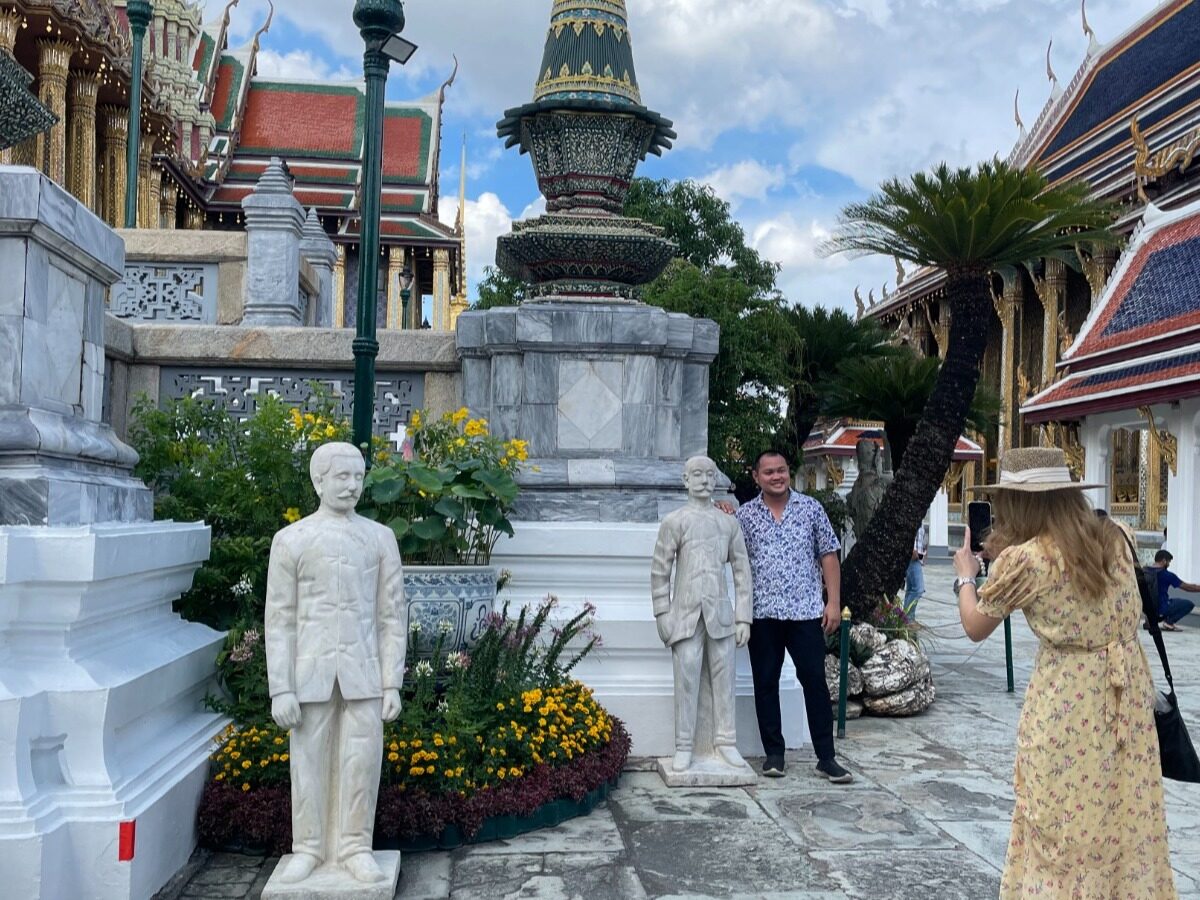







Write something~